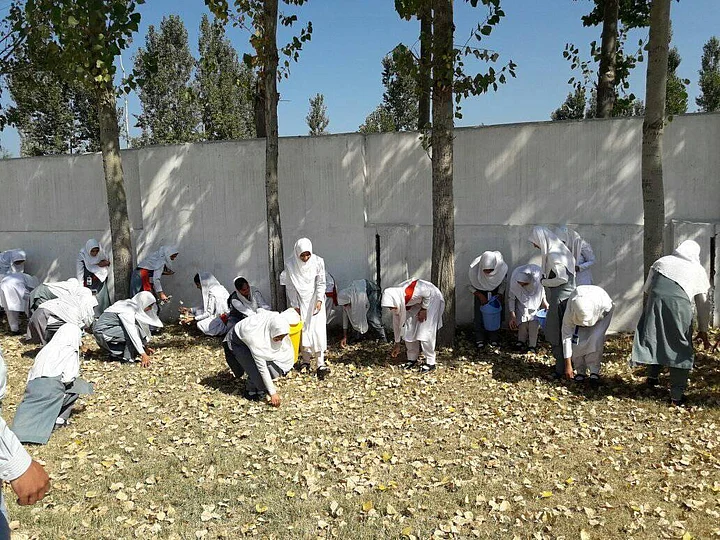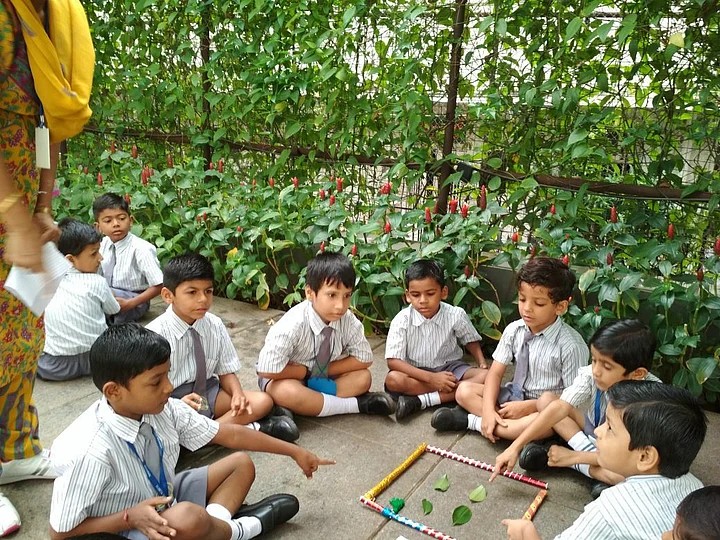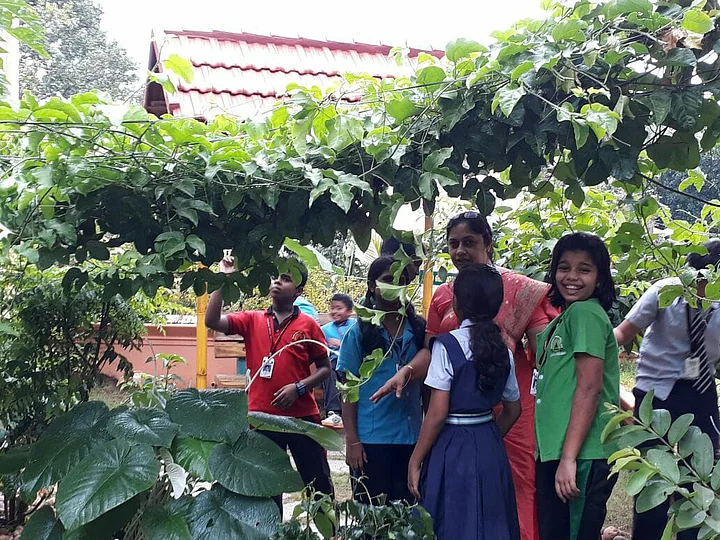On 12 October 2017, over one lakh children across 26 Indian states and three union territories came out of their classrooms to play and learn outdoors on the occasion of the first-ever Outdoor Classroom Day in India. This is a global campaign that is led by the Action for Children’s Environments (ACE) Trust in India and backed by Project Dirt and Unilever global, in response to the decline in the time that children spend outdoors.
Enhancing Creativity by Playing Outdoors
A global survey by Edelman Intelligence Unit in 2016, with parents in ten countries, show that parents believe playing outdoors helps children learn many important skills, with 84 percent of parents globally encouraging their children to play outside more often.
Understanding the importance of outdoor play, 73 percent of parents surveyed globally believe that children learn teamwork when they play outdoors, and 74 percent believe they learn social skills. On top of this, 82 percent of parents believe that their children are more creative when they play without technology.
However, the culture of playing outdoors in childhood is on the decline. Playtime is not seen as being as important as majority of children (56 percent) globally get one hour or less of outside play per day. This is further borne out by the facts that 1 in 10 children never play outside on an average day, and 1 in 5 children play outside for 30 minutes or less on an average day (source: Edelman survey 2016).
Risks Associated with Sedentary Behaviour
Children lack places to play and parents lack time to supervise them playing outdoors. The study shows that three in ten parents (30 percent) report a lack of friendly environments in which their child can play. Highlighting the larger role that technology also plays, the study states that eight out of ten parents globally say their children would rather play virtual sports on a screen than play them in real life.
Such sedentary behaviour puts children at risk of obesity, social isolation, anxiety disorder, agoraphobia, and antisocial behaviour, including aggression among others.
The school is one of the most important settings in a child’s life where a considerable number of daylight hours are spent with access to safe playgrounds and open spaces. A study by ACE Trust in Delhi’s schools showed that the school playground was one of the most favoured play spaces of children, particularly for girls who did not have as much access to local play spaces as boys. Though the reality is that only 56.58 percent of India’s schools (2012-13) have playgrounds.
Children Get Little Time to Stay Outdoors
A recent 10-year survey on school education in India by the National Council of Educational Research and Training (NCERT) found that more the time allocated for recess, greater the willingness to study among students.
However, in some cases, such as Puducherry, only a 15-minute recess is given during the six-hour school day. This is also the reality in many schools across all states in India. For many Indian children, and especially girls, the school provides the only safe play space outdoors, but they get very little time to be outdoors during the school day.
The National Policy for Children (2013) in India provides a clear direction to the education sector:
Review, develop and sustain age-specific initiatives, services and programmes for safe spaces for play, sports, recreation, leisure, cultural and scientific activities for children in neighbourhoods, schools and other institutions.
Play and learning outdoors constitute the right to the pleasure of a childhood. The pioneering work of Edith Cobb (1959) suggest that the middle childhood years (ages 5-6 to 11-12 years) present a unique stage in a child’s development through a natural drive for exploration for fostering a bond with the outside world, including most importantly, with the natural world.
Like Cobb, our own stalwarts, Rabindranath Tagore, Gandhi and Krishnamurti believed that children need to participate in world making and world shaping activities in small ways, particularly in the context of education.
Celebrating Outdoor Classroom Day
Ace Trust called on teachers, parents, and anyone who cares about childhood to get involved in the campaign on 12 October 2017. And schools and other institutions attended by children across the country responded. Children took classes outside, went on nature walks, cleaned their school’s surroundings, composted, went on excursions, created art out of natural materials gathered from their school grounds, and played to their hearts content.
In places where schools were closed after Dussehra till Diwali, some NGOs engaged children though local play schemes. The campaign website had plenty of resources for teachers to explore as this is essentially a teacher-driven campaign. The campaign proved to be immensely popular among teachers who took to social media to exchange ideas, seek peer guidance and share experiences in the lead up to the Outdoor Classroom Day.
India is not alone in its drive to reconnect children with the outdoors. On 12 October, children across South Africa, Argentina, Chile, Uruguay, the UK and Ireland, Canada, the US, and many other countries around the world got outdoors to celebrate nature based learning and free play. This year was the best by far, with 2,340,621 children celebrating Outdoor Classroom Day globally!
Hopefully, this campaign will inspire more children, parents, guardians, and teachers in the coming years to promote free play and outdoor learning, and bring back the pleasure of being a child. Schools in India can watch out for next year’s dates to participate by signing here.
(Sudeshna Chatterjee is the CEO of Action for Children’s Environments, an NGO working towards creating safe, healthy, inclusive and resilient living environments for children and young people. She can be reached @SudeshnaACE . This is a personal blog and the views expressed above are the author’s own. The Quint neither endorses nor is responsible for the same.)
(Breathe In, Breathe Out: Are you finding it tough to breathe polluted air? Join hands with FIT in partnership with #MyRightToBreathe to find a solution to pollution. Send in your suggestions to fit@thequint.com or WhatsApp @ +919999008335)
(At The Quint, we question everything. Play an active role in shaping our journalism by becoming a member today.)
.jpg?rect=0%2C0%2C2000%2C1125&auto=format%2Ccompress&fmt=webp&width=720)




